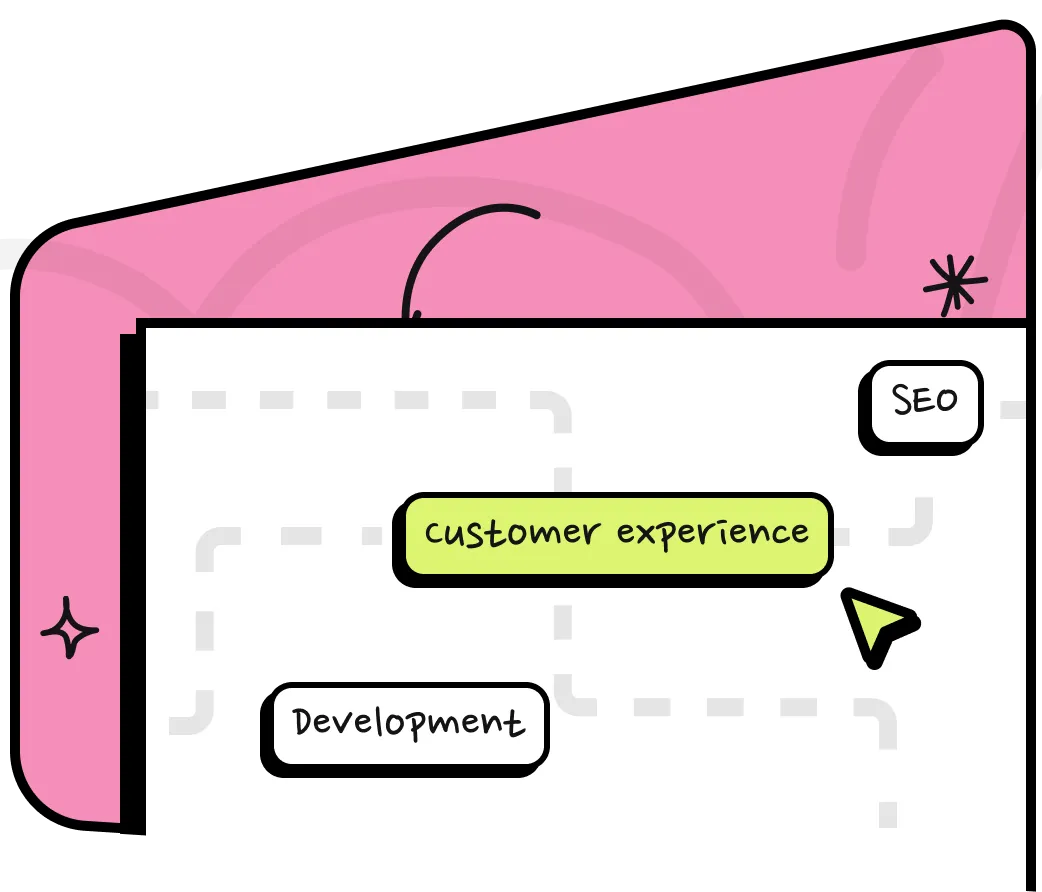Awards & Recognition
We are proud to be recognized for our excellence by important publications around the world.










Vertex AI is Google Cloud’s unified AI platform, which allows enterprises to quickly design, deploy, and scale machine learning models. It combines AutoML, prebuilt models, and customized AI solutions in a simplified interface. MLOps features automate AI processes for simple implementation and monitoring. Vertex AI enables businesses to use AI without having extensive technical expertise.






Technologies Behind Vertex AI





Understand the business problem and ML goals. Set clear KPIs and success metrics for the model. This ensures your AI solution is focused and value-driven.
Clean, label, and organize data in Vertex AI pipelines. Use Feature Store to manage reusable data features. High-quality data is the foundation of accurate predictions.
Track performance with built-in monitoring tools. Retrain models and update features as needed. Continuous improvement keeps your models sharp and relevant.
"The Vertex AI solution delivered for our company has streamlined our entire ML pipeline. From data prep to model deployment, everything is now faster and more efficient. Exceptional work!"
"Thanks to your Vertex AI pipeline, our diagnostics workflow is now fully automated. Faster predictions, cleaner data, and seamless deployment — outstanding results!"
Train ML models with AutoML or code. Tune performance with hyperparameter tools.
Deploy models to endpoints and serve real-time predictions. Supports scalable, low-latency serving with monitoring tools.
Manage and reuse features efficiently across ML models. Streamlines data workflows with built-in automation.



Sovanza is a trusted provider of Vertex AI Services, helping businesses harness the power of advanced machine learning and automation. We specialize in building intelligent, data-driven solutions that streamline operations, improve decision-making, and support scalable digital growth. Our team combines deep technical expertise with a client-first approach to deliver Vertex AI solutions tailored to your unique goals. With cutting-edge Vertex AI technologies, we ensure every project delivers measurable impact and long-term value.




Vertex AI streamlines the entire ML lifecycle, data prep, training, deployment, and monitoring, into one platform.
AutoML enables users to build AI models without coding, making machine learning accessible to everyone.
Designed to cover essential features with a focus on simplicity and functionality
Built for scalable, high-performance projects with advanced features.
Tailored for large, fully customized solutions with advanced security and infrastructure.
Can’t find what you’re looking for? don’t hesitate to reach out!
It is Google Cloud’s unified AI platform, enabling enterprises to create, deploy, and scale machine learning models. It makes AI creation easier with tools like AutoML, prebuilt models, and MLOps for smooth deployment.
Vertex AI services can streamline difficult jobs, improve decision-making with predictive analytics, enhance customer experience with AI chatbots, and optimize operations in a variety of industries, including finance and healthcare.
Sovanza brings expertise in implementing Vertex AI services for businesses, tailoring solutions that streamline operations, improve customer insights, ensure data security, and optimise costs, helping companies to unlock AI’s full potential.
Sovanza serves various industries, including healthcare, finance, retail, manufacturing, and more. We customise our vertex AI services to meet each sector’s specific needs, helping businesses optimise operations and drive growth.
Getting started with Sovanza is easy. Contact us for an initial consultation. We will assess your business needs and develop a customized AI solution that aligns with your objectives, helping you maximize the benefits of AI in your operations.
We are proud to be recognized for our excellence by important publications around the world.




Build AI, blockchain, and growth systems that compound results.